The U.S. space program is developing gigabit-per-second deep-space comms. China is on the hunt too.
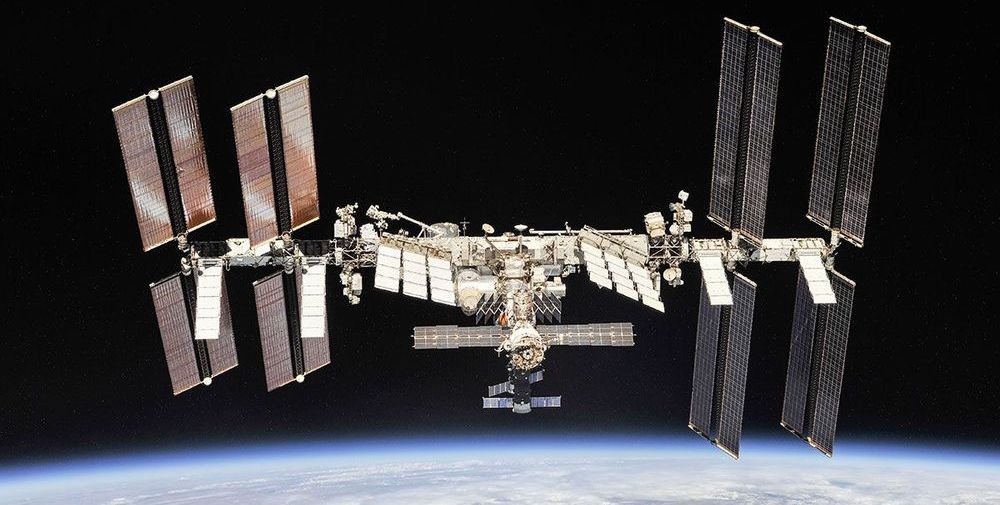


Outer space is a tough environment for living organisms: no atmosphere, no oxygen, no gravity, a ton of radiation, and extreme temperatures.
But the German Aerospace Center just made a bombshell discovery: as part of a project called the Biology and Mars Experiment, they found that samples of organisms including bacteria, algae, lichens and fungi survived on the exterior of the International Space Station for 533 days.
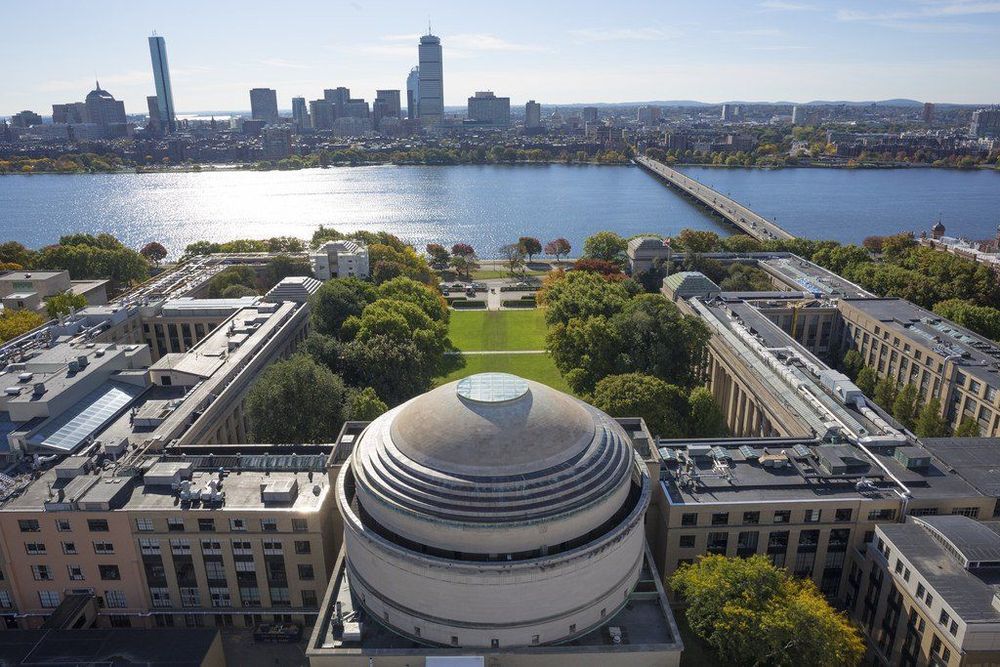
One of the birthplaces of artificial intelligence, MIT, has announced a bold plan to reshape its academic program around the technology. With $1 billion in funding, MIT will create a new college that combines AI, machine learning, and data science with other academic disciplines. It is the largest financial investment in AI by any US academic institution to date.
New school: The new college of computing is being built with $350 million in funding from Stephen A. Schwarzman, the CEO and cofounder of Blackstone, a private equity firm. Schwarzman has already donated billions to other institutions for studying issues related to AI. MIT’s new Stephen A. Schwarzman College of Computing will create 50 new faculty positions and numerous fellowships for graduate students. The school will open next September and will be housed in existing buildings at MIT before moving to its own space, expected in 2022.
Data everywhere: Data and computing are already having a major impact on disciplines like the humanities, and machine learning and AI may have an even bigger one. Rafael Reif, the president of MIT, said in an announcement that the new approach was necessary because of the way computing, data, and AI are “reshaping the world,” and he added that students and researchers will be taught to use AI in their disciplines from first principles, instead of dividing their time between computer science and other departments. “Computing is no longer the domain of the experts alone,” Reif said. “It’s everywhere, and it needs to be understood and mastered by almost everyone.”
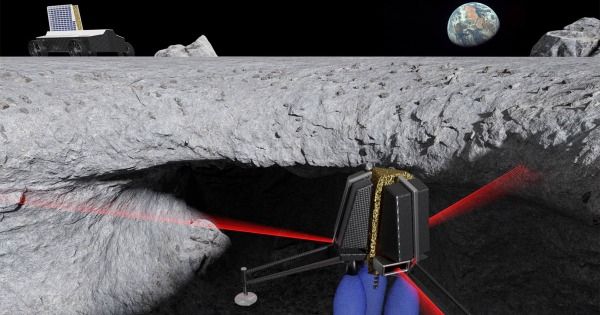
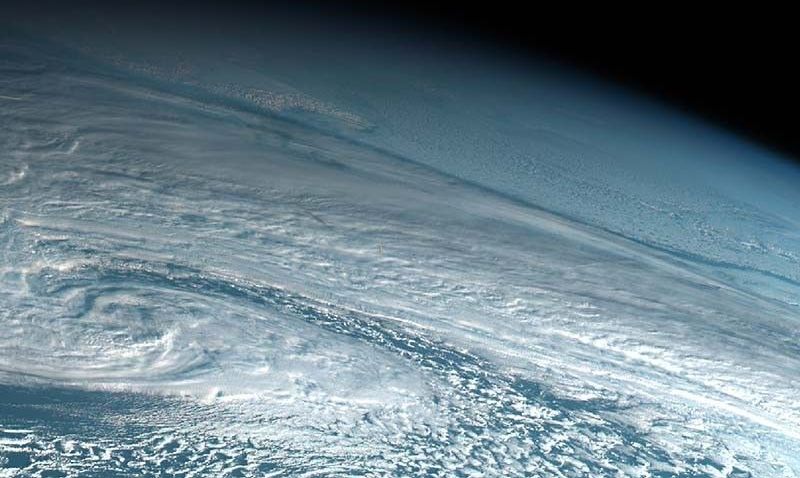
NASA on Friday published satellite photos of a powerful meteor which appeared just above the Bering Sea on December 18 but went unnoticed until months later.
The explosion unleashed around 173 kilotons of energy, more than 10 times that of the atomic bomb blast over Hiroshima in World War II.
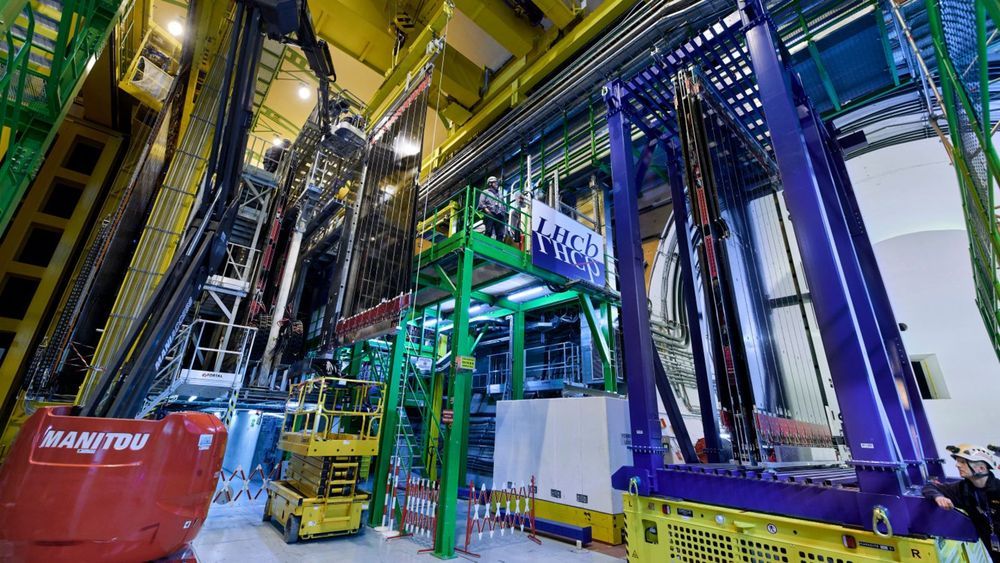
Scientists have announced the observation of “CP violation in a D meson” at CERN, a discovery that will appear in physics textbooks for years to come. You’re probably wondering what exactly it means.
The Universe is full of regular matter. There’s also antimatter, which exists even here on Earth, but there’s much less of it. This new observation is important on its own, but it also takes physicists another step closer to explaining where all the antimatter has disappeared to.
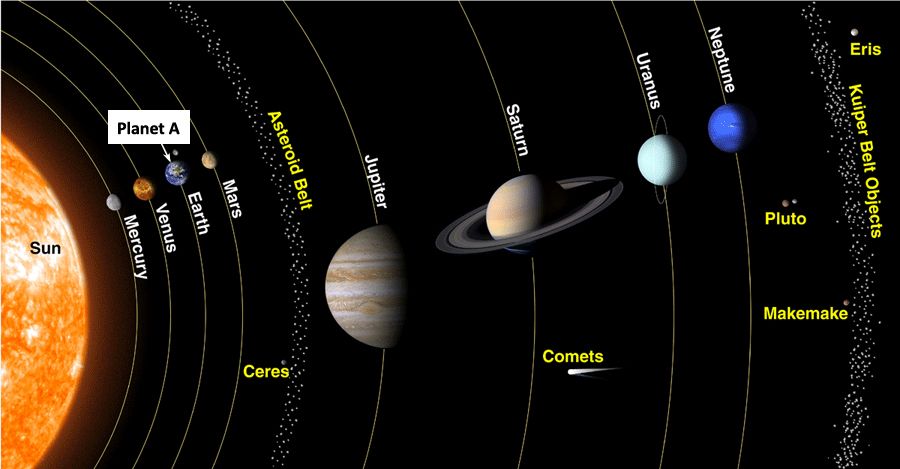
A million and a half students, even very young ones, took to the streets Friday March 15th, in two thousand cities around the world, for the climate, responding to a Greta Thunberg’s call. Greta is a 16-year-old student in Stockholm: “I will not stop. Not until greenhouse gas emissions have fallen below the alarm level.” Considering the great support she had, it would seem that students were not waiting for anything else, with great outcry of the ecologists of various tendencies, who have for years repeated the same call, without being able to arouse mass movements of this magnitude.
There is no doubt that we are on the verge of great changes. The automotive industry — by far a leading industry in the world economy — is about to collapse, because it has not been able to innovate in time, and now it does not in fact have ready solutions, to satisfy a market that no longer intends to exchange mobility with health. Such imminent collapse will not do any good to economy. It will also offer vampire rulers new opportunities to increase the taxation, already exorbitant in many countries. And no one seems to realise that if producers die as a social category, consumers will soon die too, as they are the same people. There is no doubt, moreover, that the ruling politicians, more and more void of any basic culture, will find many ways to manage what Serge Latouche (in his essay on the so-called “happy de-growth”) called “inevitable social problems following de-growth”.
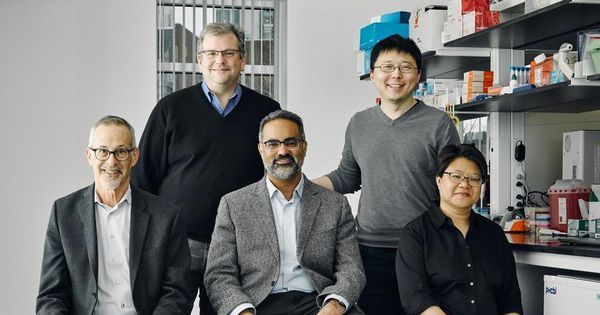
The gene editing technology CRISPR, which has spawned several startups aiming to use the tool to develop new therapies, is now the inspiration for a new company in a less-crowded space: diagnostic testing.
Sherlock Biosciences is launching in Cambridge, Massachusetts, with $35 million in funding. That includes $17.5 million in the form of a non-dilutive grant from the Open Philanthropy Project, an organization primarily funded by Dustin Moskovitz, the billionaire cofounder of Facebook and Asana, and his spouse, Cari Tuna. The Open Philanthropy Project is also making a separate investment in Sherlock, along with other undisclosed investors. CEO Rahul Dhanda says he’s still raising more funding for the company’s Series A.
One of Sherlock Biosciences’ key technologies comes from the Broad Institute lab of Feng Zhang, who did some of the early work elucidating the DNA-modifying potential of CRISPR and its associated enzymes after their discovery in bacteria.
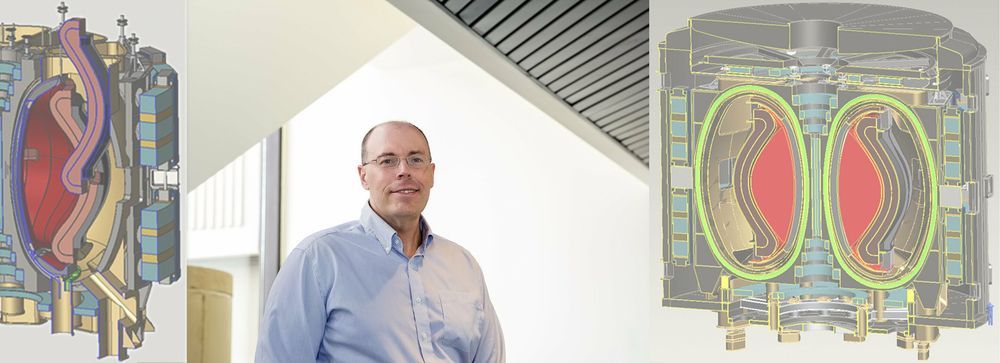
Can tokamak fusion facilities, the most widely used devices for harvesting on Earth the fusion reactions that power the sun and stars, be developed more quickly to produce safe, clean, and virtually limitless energy for generating electricity? Physicist Jon Menard of the U.S. Department of Energy’s (DOE) Princeton Plasma Physics Laboratory (PPPL) has examined that question in a detailed look at the concept of a compact tokamak equipped with high temperature superconducting (HTS) magnets. Such magnets can produce higher magnetic fields—necessary to produce and sustain fusion reactions—than would otherwise be possible in a compact facility.
Menard first presented the paper, now published in Philosophical Transactions of the Royal Society A, to a Royal Society workshop in London that explored accelerating the development of tokamak-produced fusion power with compact tokamaks. “This is the first paper that quantitatively documents how the new superconductors can interplay with the high pressure that compact tokamaks produce to influence how tokamaks are optimized in the future,” Menard said. “What we tried to develop were some simple models that capture important aspects of an integrated design.”
Mayon is a near-perfect cone; its steep, forested slopes look rather like a bull’s eye when viewed from above.
NASA has a unique vantage point for observing the beauty and wonder of Earth and for making sense of it. The images in this book tell a story of a 4.5-billion-year-old planet where there is always something new to see.